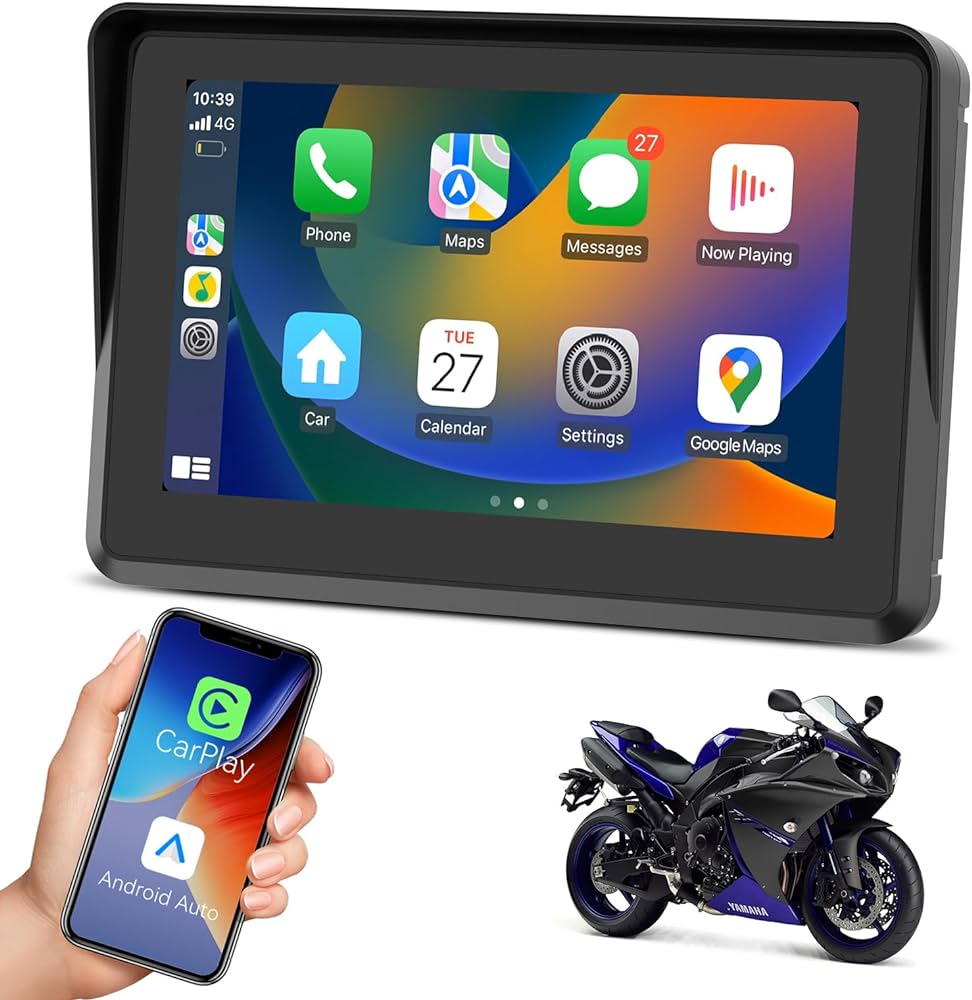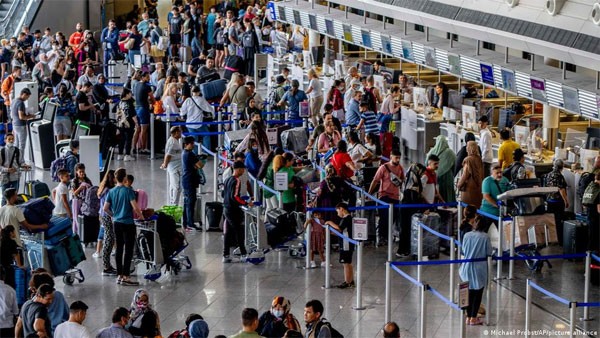It is the motorcycle riding system is a comprehensive approach to ensuring safety as well as efficiency and fun for the riders. It encompasses a wide range of techniques, technologies, and practices designed to improve the experience of riding and reduce the risk. Knowing what is involved in the motorcycle riding system is vital for novice as well as experienced riders who wish to improve their skills and knowledge.
At its core, the motorcycle riding system integrates several key components that include the skills of the rider as well as the design of the bike and its features, as well as the road environment. Each element plays a critical part in ensuring a smooth and safe riding experience.
1. Rider Skills and Techniques
The foundation of any effective motorcycle riding system lies in the rider’s skills. It is essential to master the basics like throttle control, stopping, and cornering. Advanced skills require understanding and executing complex maneuvers like emergency braking, swerving and turning to avoid obstacles. Rider education programs and advanced training programs are crucial to building these abilities. They not only teach proper techniques but also build confidence and decision-making abilities that are crucial in dynamic riding conditions.
2. Motorcycle Design and Features
Modern motorcycles come with various technological advancements designed to enhance the safety and performance. They include Anti-lock Braking Systems (ABS), Traction Control Systems (TCS) as well as Electronic Stability Control (ESC). ABS helps to prevent lock-up of the wheel during braking, while TCS improves grip by adjusting the engine’s power during slippery conditions. ESC aids in maintaining stability, particularly during rough conditions or when turning sharply. Knowing how the systems work and how you can use them efficiently is an essential component of the motorcycle riding system.
3. Road Environment and Safety
The road’s environment plays a significant role within the motorcycle riding system. This means being aware of the road’s conditions, weather along with traffic flow patterns. Riders should be alert to potential hazards such as potholes, debris, or changes in traffic signals. Strategies for safe riding are vital for maneuvering through complicated traffic situations and ensuring security. This includes keeping a safe distance behind, scanning the roadway ahead, and anticipating the actions of other road users.
4. Maintenance and Inspection
Regular inspection and maintenance of the motorcycle are vital components of the riding system. Making sure the bike is in optimal condition can stop mechanical breakdowns and accidents. Routine checks include inspecting tire pressure, brake fluid levels and the overall integrity of the mechanical. Keeping the motorcycle well-maintained is not just safer, but also prolongs its life.
In summary, the motorcycle carplay is an integrated method that blends riding skills, features of the motorcycle road-awareness, regular maintenance. By gaining a better understanding of and utilizing these components the riders will be able to significantly enhance their safety as well as their overall riding experience. No matter if you’re a beginner or a seasoned rider, getting the hang of your motorcycle riding system is key to enjoying the open road with confidence and safety.



